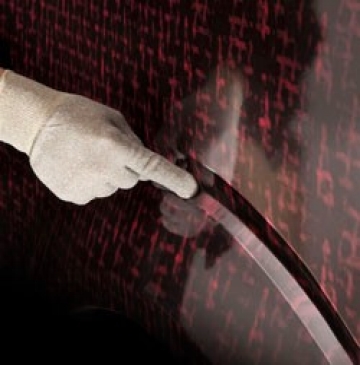The Avery MPI 1005 Supercast Series is a line of next generation conformable cast vinyl films. Supercast films feature enhanced conformability and stay down over complex curves and rivets with no tenting or lifting - a new option that is ideal for vehicle wraps, fleet graphics and architectural applications. Our technical team wants to share some installation methods and techniques with you so your install goes smoothly.
Avery Dennison films featuring Easy Apply and Easy Apply RS technology allow most installers to achieve high quality results and typically complete the job in less time than with most other films. When combined with Supercast films, it’s a strong combination that can be applied to complex curves and rivets. The general process that leads to success with Avery Supercast films include:
Avery Supercast films have a high degree of conformability compared to other cast vinyl films. To apply the films to areas with extreme contours, the use of an industrial hot-air tool (i.e. heat gun) is needed to improve the ease of application.
After applying Avery Supercast films to the substrate, it is absolutely necessary to re-heat those parts exposed to stretch, strain or other deformations to obtain its final shape. At this stage, installers should use the hot air gun to heat the material to a temperature of approximately 175ᵒ - 194ᵒ F (80 - 90ᵒ C). It is especially important to do this in areas where the material is stretched. The heating should be done gently and the temperature gradually increased. Re-heating will eliminate the applied tensions in the film.
Re-squeegee all graphic edges, overlaps, and seams using firm pressure. Use a squeegee with a low friction sleeve to prevent scratching or damage to the decal. Re-squeegee is a must on ALL edges of the decal.
More details are available in the Instructional Bulletin, and you can watch a demonstration on YouTube.
Show us your work – we want to see your projects! Post them to our Facebook page, http://www.facebook.com/AveryDennisonGraphics and we’ll include a project in a future AveryWorks. |

